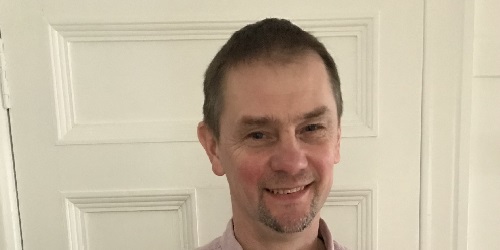Risks and resilience in the high mountains

We are improving modelling of risks from changes in the cryosphere in the Hindu Kush Himalaya and helping to build the resilience of mountain communities.
The challenge
Climate change is causing major changes in the cryosphere – the ice and snow – in the Hindu Kush Himalaya region. Temperatures are rising faster than global averages at altitude, and this is causing glaciers to retreat. It is also leading to changes in the types of precipitation with more rain and less snow falling. One consequence of these changes is that more glacial lakes are forming and slopes are becoming less stable.
These changes are creating natural hazards that threaten communities and livelihoods. These include glacial lake outburst floods (GLOFs), avalanches, and landslides. As these hazards emerge, there is an urgent need to improve our understanding of the risks these hazards pose to communities.
For communities to manage these threats, adaptations may be required. In order to inform the decisions about actions, it is important to build on the current understanding and awareness of local communities, and to understand what actions they consider as priorities. Yet at present we know relatively little about how mountain communities perceive risks associated with natural hazards, or the adaptations they already implement.
What we're doing in partnership
We are working with the Himalayan Universities Consortium (HUC) to strengthen a long-term partnership on research and policy engagement on the challenges posed by natural hazards caused by changes in the snow and ice in the high mountains of Asia.
We have developed two small-scale research projects in Bhutan and Pakistan to apply improved modelling of risks from debris flows such as avalanches, glacial lake outburst floods, and landslides. This is supporting Bristol academics to engage with Universities in Bhutan and Pakistan and with ICIMOD who coordinate the HUC.
This project builds on previous small-scale research with partners in Bhutan and Pakistan and the HUC. This contributes to the work Bristol does with the HUC in coordinating their cryosphere and society thematic working group. In the long-term this will help build research collaborations with Bristol and help develop and present new evidence to policy makers in the region.
How it helps
This project tackles the challenges from changes in the cryosphere head on by using a model developed at Bristol for fast moving debris flows and applying this to GLOFs, avalanches and landslides in the region. These models allow us to build up a picture of what impact these events will have on land and communities downstream. These models are being applied to study catchments in Bhutan, Pakistan and Nepal.
We are also collecting data on the resilience of communities in Bhutan and Pakistan to these events by undertaking household surveys in selected villages and key informant interviews with government staff and community leaders. This will provide us with a better understanding of the knowledge of communities about these risks and what action they think are most important to protect them and their livelihoods.
We will use this information to develop materials to present to policy makers and planners from governments in the Hindu Kush Himalaya region to start discussion on to improve risk assessment and to build the resilience of communities.
Collaborate with us
If you would like to contact us about future research, please contact Professor Guy Howard (guy.howard@bristol.ac.uk).
Investigators
- Principal Investigator: Professor Guy Howard
- Co-Investigator: Professor Jeremy Phillips
- Co-Investigator: Dr Adrian Flint
 Lead researcher profile
Lead researcher profile
Professor Guy Howard, Global Research Chair Environmental and Infrastructure Resilience, Department of Civil Engineering
Related research centres
Partner organisations
- Royal University of Bhutan
- Sherubtse College, Royal University of Bhutan
- Karakoram International University
- ICIMOD